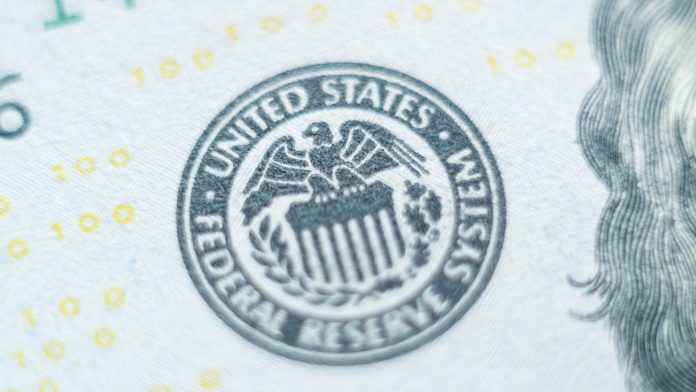Key Highlights:
- $500B in Treasury bills and $200B of agency-backed mortgage securities
- Interest rates cut to near zero
On March 15, one of the worst days on Wall Street since Black Monday, the Federal Reserve made its second emergency cut in two weeks. This cut 1% off benchmark rates and renewed buying of Treasury bills and mortgage bonds in an effort to bolster the economy. So far, that “bolster” has not happened.
Download Your FREE Ultimate Agent Survival Guide Now. This is the exact ‘do this now’ info you need. Learn NOW How to Access All The Bailout Program Cash You Deserve. Including Unemployment and Mortgage Forbearance Plans. To Access the Ultimate Agent Survival Guide Now Text The Word SURVIVAL to 47372. 4 Msgs/Month. Reply STOP to cancel, HELP for help. Msg&data rates may apply. Terms & privacy: slkt.io/JWQt
In its March 15 statement, the Fed’s chair Jerome Powell, said, “The coronavirus outbreak has harmed communities and disrupted economic activity in many countries including the United States. The effects of the coronavirus will weigh on economic activity in the near term and pose risks on the economic outlook. In light of these developments, the Fed decided to lower the target range for the Federal funds rate.”
Mike Frantantoni, chief economist with the Mortgage Bankers Association, said at the time, “These actions will lower mortgage rates, helping homeowners save money through refinancing and thereby providing to the broader economy.” Frantantoni added, “This is worse than the 2008 financial crash and worse than the (market) sell-off after September 11.”
Bankrate.com indicated that the Federal Reserve’s action was the largest emergency reduction in its +100-year history.
Mathew Graham, COO with Mortgage Daily News, indicated that mortgage rates may not drop lower due to lender backlogs. “Banks are simply handling more requests that they can handle and some financial institutions are charging some borrowers more.”
Graham expects rates (and the dwindling down of backlog applications) to lower in coming weeks as the Fed buys more mortgage bonds and bank workers learn to work more remotely to get the job done.
The Federal Open Market Committee (FOMC) expects the Federal Reserve to maintain its target rate until markets normalize, employment figures normalize and prices stabilize.
Lawrence Yun, chief economist with the National Association of REALTORS® (NAR), said that the Fed’s decision was “the right move” and that the move was “…an all-out measure to…fight the fear that is blanketing the country….the monetary policy change is the same one applied a decade ago during the Great Recession…” and one that “…can easily be reversed.”
Yun emphasized that during the Great Recession, “…real estate was on wobbly ground with loose lending and too much supply. Today, there is no subprime lending and too little supply. The real estate market will hold on much better.”
Thanks to Bankrate.com and REALTOR magazine
Also read: Podcast: How To Sell Luxury In An Economic Crash | Exclusive Robert Johnson Interview, Fall Market Shifts Towards Buyers, Federal Reserve Announces NEW Measures to Bolster Economy

























